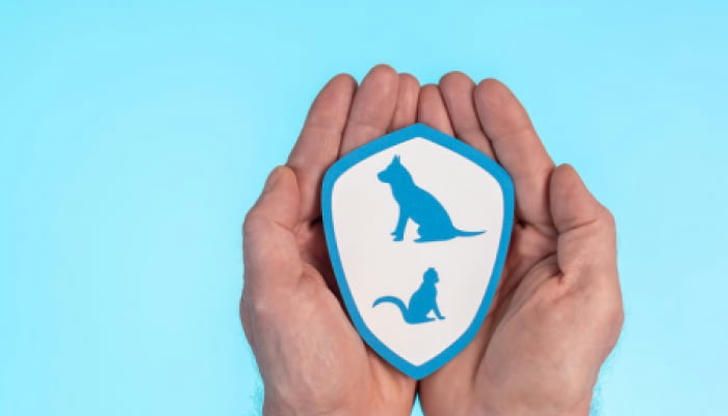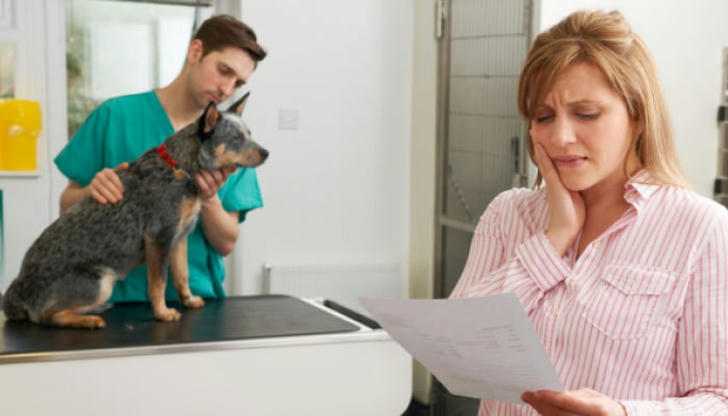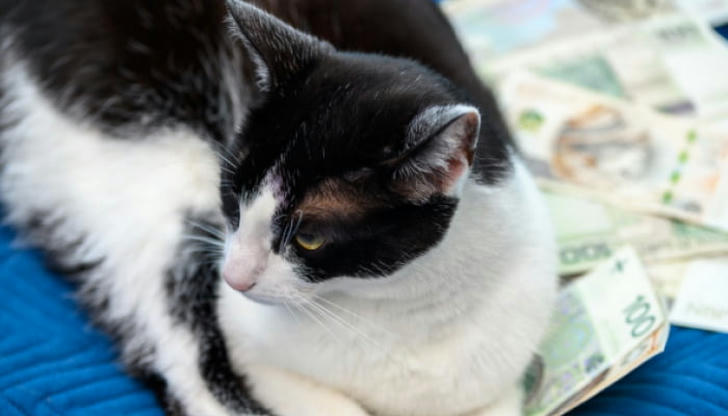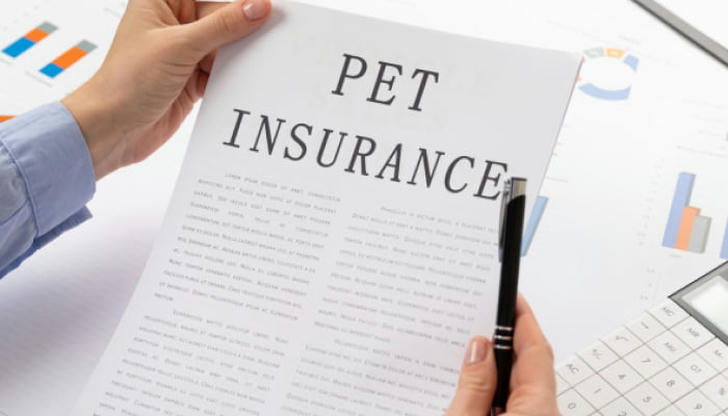What Is the Cost of Pet Insurance in 2025? Complete Price Guide

Owning a pet is an incredibly rewarding experience, but unexpected vet bills can put a strain on your budget, making pet ownership more stressful than it should be. Pet insurance offers a financial cushion, allowing you to keep your furry companion healthy without the added financial pressure.
In this article, we’ll break down the typical cost of pet insurance, as well as the factors that influence its price. On average, pet insurance for your cat can cost around $28 per month.
The Importance of Pet Insurance
Our pets are more than just animals—they are beloved members of our families. Just like any other family member, we want to ensure they receive the best possible care. Although we wish our cats never faced health issues, illnesses and accidents can affect them at any time. Unfortunately, veterinary bills can quickly add up, especially in emergencies or for surgeries. Chronic treatments can be even more expensive.
Pet insurance helps cover a portion of these costs. With coverage, you can make the best decisions for your pet’s health without being overwhelmed by the financial burden.
Additionally, pet insurance brings peace of mind. When your pet’s life is on the line, you won’t have to worry about whether your bank account can handle the expenses.
How Much Does Pet Insurance Cost?

The cost of pet insurance can vary significantly. However, we can give you a general idea. For cats, you can expect to pay around $28 per month (as of 2024). This price can fluctuate, though, with some cats having insurance as low as $17, while others may have premiums exceeding $45.
While this average cost offers a baseline, many factors can influence the price. Here are the key elements that play a significant role:
Breed: Some cat breeds are more affordable to insure due to their general health, while others may be more expensive. However, breed has less of an impact on cat insurance compared to dog insurance.
Age: Younger pets usually have lower premiums, as they’re statistically less likely to require costly vet care. However, premiums typically increase as your cat ages, and insuring older cats can become quite expensive.
Location: Veterinary costs differ by region, which in turn affects insurance rates. Your zip code is one of the most significant factors insurance providers use to determine your premium.
Coverage Type: There are various plan options available. Accident-only plans tend to be less expensive but provide limited coverage, while plans that also cover illnesses generally have higher premiums.
Deductible & Reimbursement: Choosing a higher deductible can lower your monthly premium, but you’ll pay more out of pocket when your cat needs treatment. Similarly, opting for a plan with a lower reimbursement rate (the percentage the insurance covers) will reduce your premium, but you'll be responsible for a larger portion of each vet bill.
When figuring out how much you’ll pay for pet insurance, consider these factors. Some, like the deductible and reimbursement rate, can be adjusted, while others, like breed and location, are beyond your control.
Additional Costs to Anticipate

While pet insurance premiums are the primary focus of most guides, they are not the only costs you’ll need to consider. There are additional expenses associated with your cat’s healthcare that you should keep in mind:
Annual wellness exams and vaccinations: Pet insurance usually doesn’t cover routine wellness exams. Be sure to account for these visits when calculating your annual veterinary expenses.
Non-covered procedures: Like any insurance, pet insurance often excludes specific procedures. These exclusions vary by plan, and your cat might require one of these non-covered treatments. Pre-existing conditions are also typically excluded from coverage.
Co-pays and deductibles: You’ll need to pay a portion of your vet bills before your insurance kicks in. Opting for a plan with a lower monthly premium usually means these costs will be higher.
Yearly renewal increases: Almost all pet insurance providers raise the cost of your premium annually as your pet ages. Expect your premium to increase, sometimes significantly.
When Should I Get Pet Insurance?

Ideally, you should get pet insurance as soon as possible, preferably within the first six months of adopting your cat. While younger pets are often healthy, their premiums are usually lower, and accidents can happen at any time. Getting insurance early means you’ll pay a minimal amount for peace of mind.
Pet insurance doesn’t cover pre-existing conditions, so it’s essential to secure coverage before your cat develops any health issues. Getting insurance early ensures that any future health problems will be covered.
While there is often no penalty for waiting, vet bills can quickly escalate, even for younger cats. Pre-existing conditions can also prevent future coverage. By enrolling early, you can cover potential health problems and avoid pre-existing condition exclusions.
What Does Pet Insurance Cover?

Pet insurance serves as a financial safety net for many veterinary expenses, though it doesn’t cover everything. Coverage specifics vary depending on the plan you select.
Typically, pet insurance covers unexpected injuries such as broken bones, swallowed objects, and bites, along with hospitalization, medication, diagnostics, and surgeries related to those conditions. However, some plans may not cover the initial vet visit unless a diagnosis is made. In other words, if you take your cat to the vet thinking they’re injured, but they aren’t, that visit may not be covered.
Most plans also cover illnesses, including cancer, infections, and digestive issues. Allergies and chronic conditions diagnosed after purchasing the insurance are usually covered as well. However, most plans primarily focus on illnesses and accidents.
You can also purchase add-ons or separate plans for additional coverage, such as routine preventative care like vaccinations and checkups. These plans tend to be more expensive but may not provide significant returns for the extra cost.

Behavioral therapy is generally not included in most pet insurance plans, though you may find add-ons that offer this coverage. While this may not be necessary for cats, some owners prefer having it as an option. Many pet insurance policies also offer optional add-ons for end-of-life care, including euthanasia and cremation.
It's crucial to understand that almost all pet insurance plans exclude the following:
• Pre-existing conditions: Any health issue your cat had before enrolling in the plan won’t be covered.
• Elective procedures: Cosmetic surgeries or other non-essential procedures are not covered.
• Preventative care: Most plans exclude preventative care costs, though some add-ons may provide this coverage.
Conclusion

Pet insurance may initially seem like an optional expense for your cat, but it can significantly reduce the burden of high vet bills, which can easily amount to thousands of dollars. Accidents and illnesses can happen unexpectedly, and having pet insurance can help you avoid financial strain during those times.
Several factors influence your monthly premium, with your location being the most significant. Since veterinary costs vary by region, insurance companies adjust premiums based on your zip code. Keep in mind that premiums tend to rise as your cat ages.
However, premiums aren’t the only cost associated with pet insurance. You’ll also need to consider your deductible and reimbursement rate, as they will determine what you pay out-of-pocket during vet visits.
